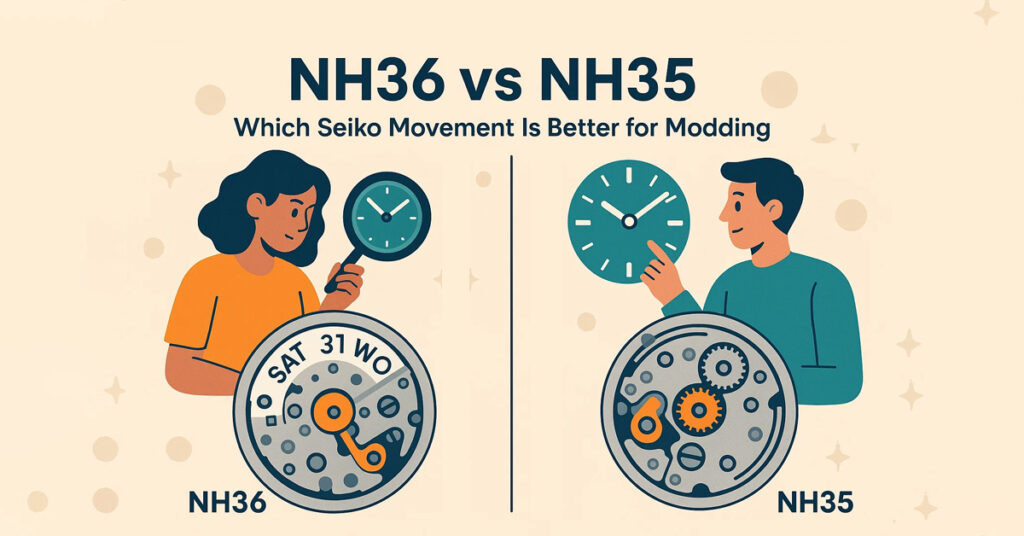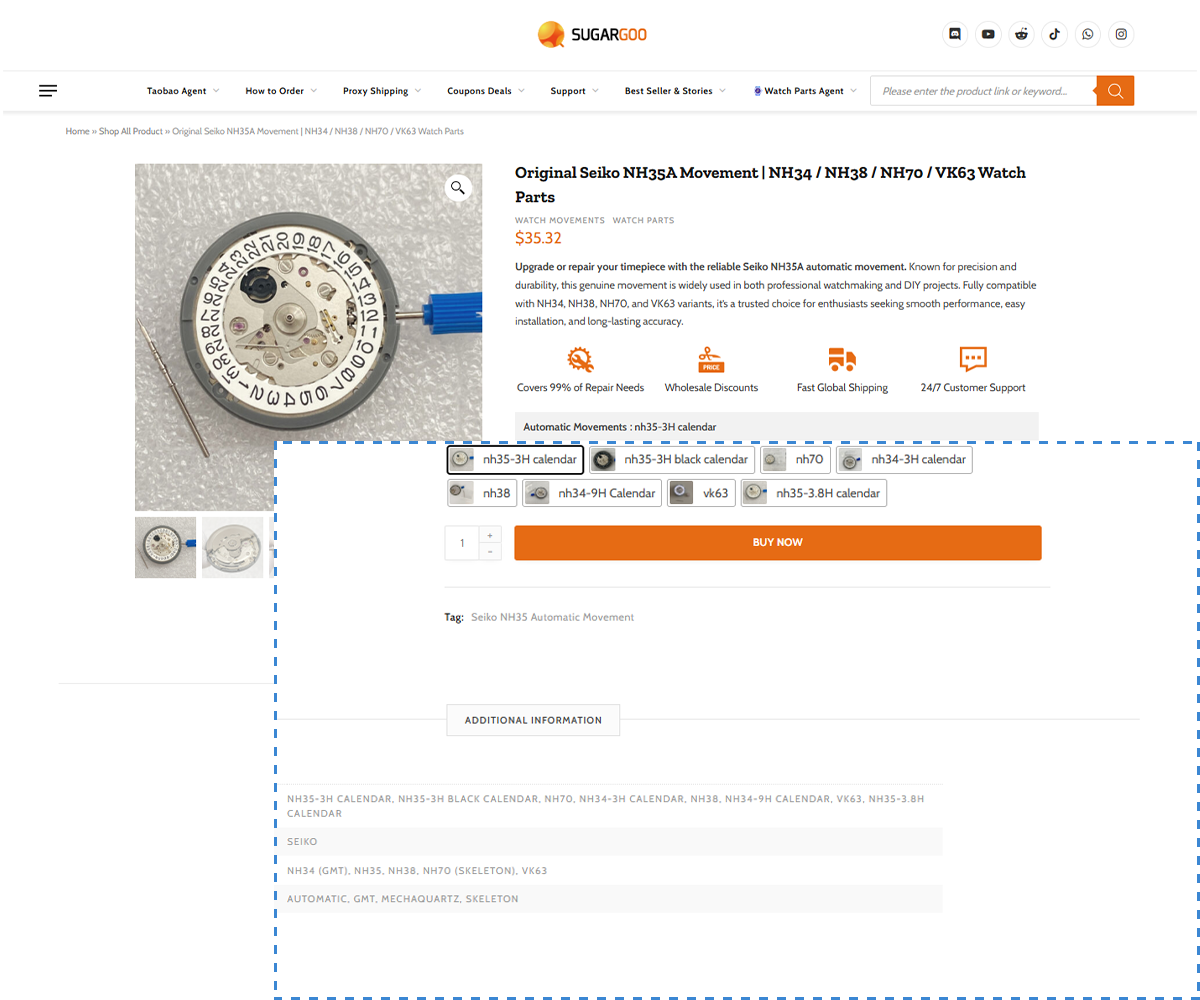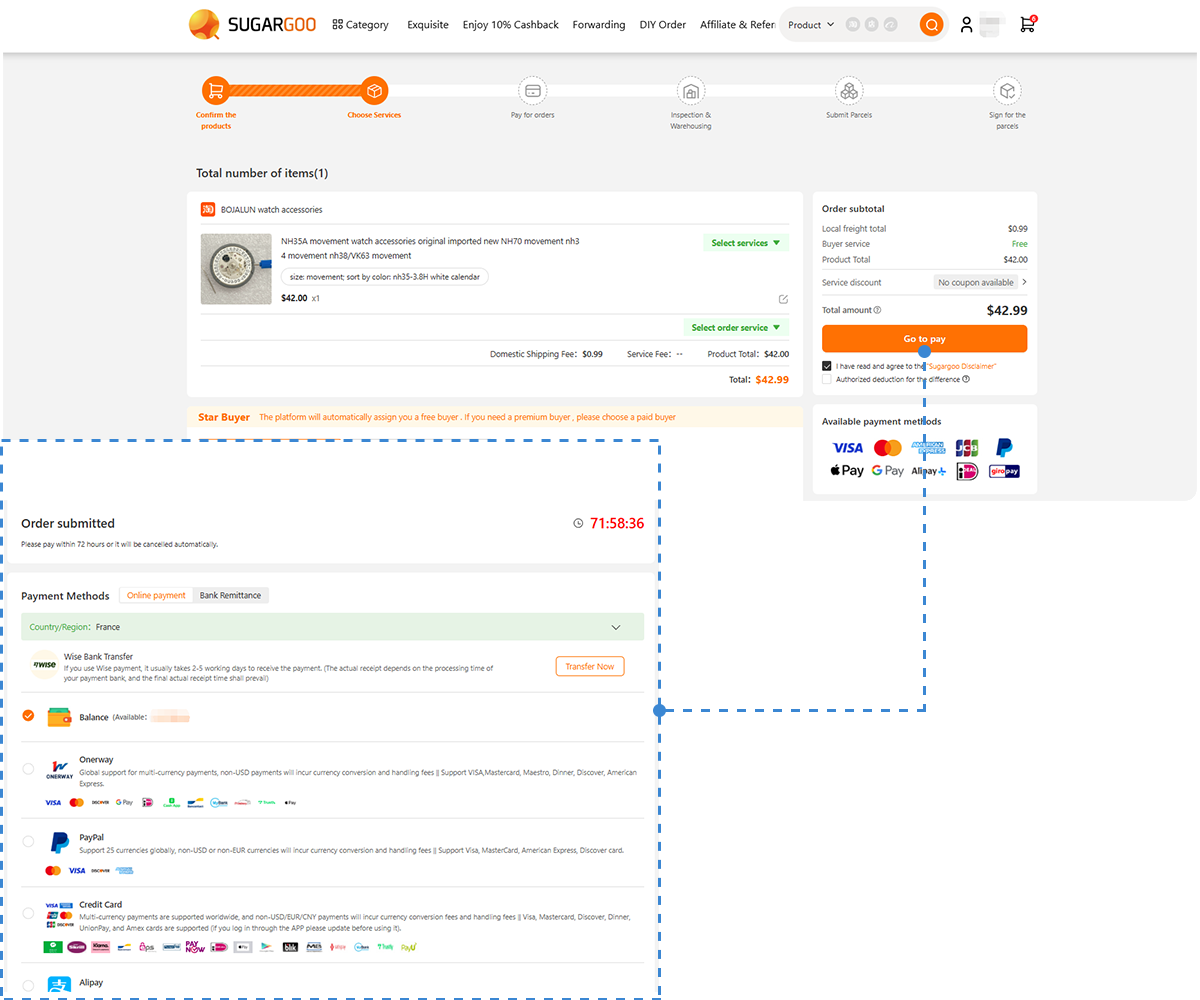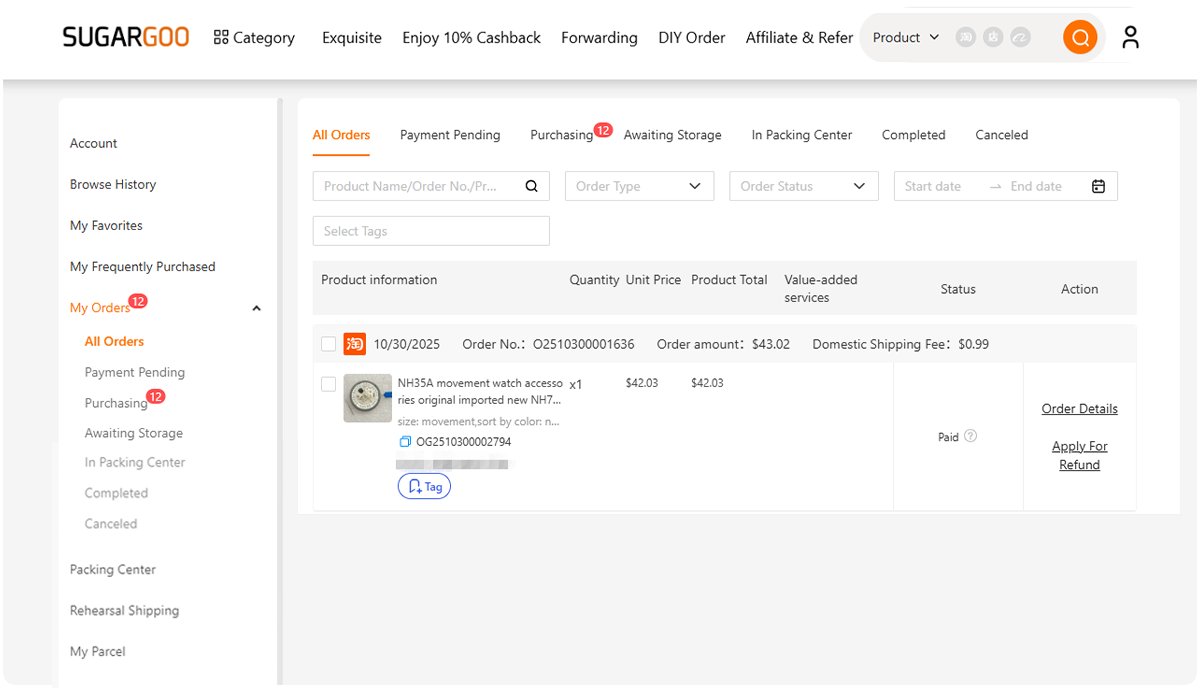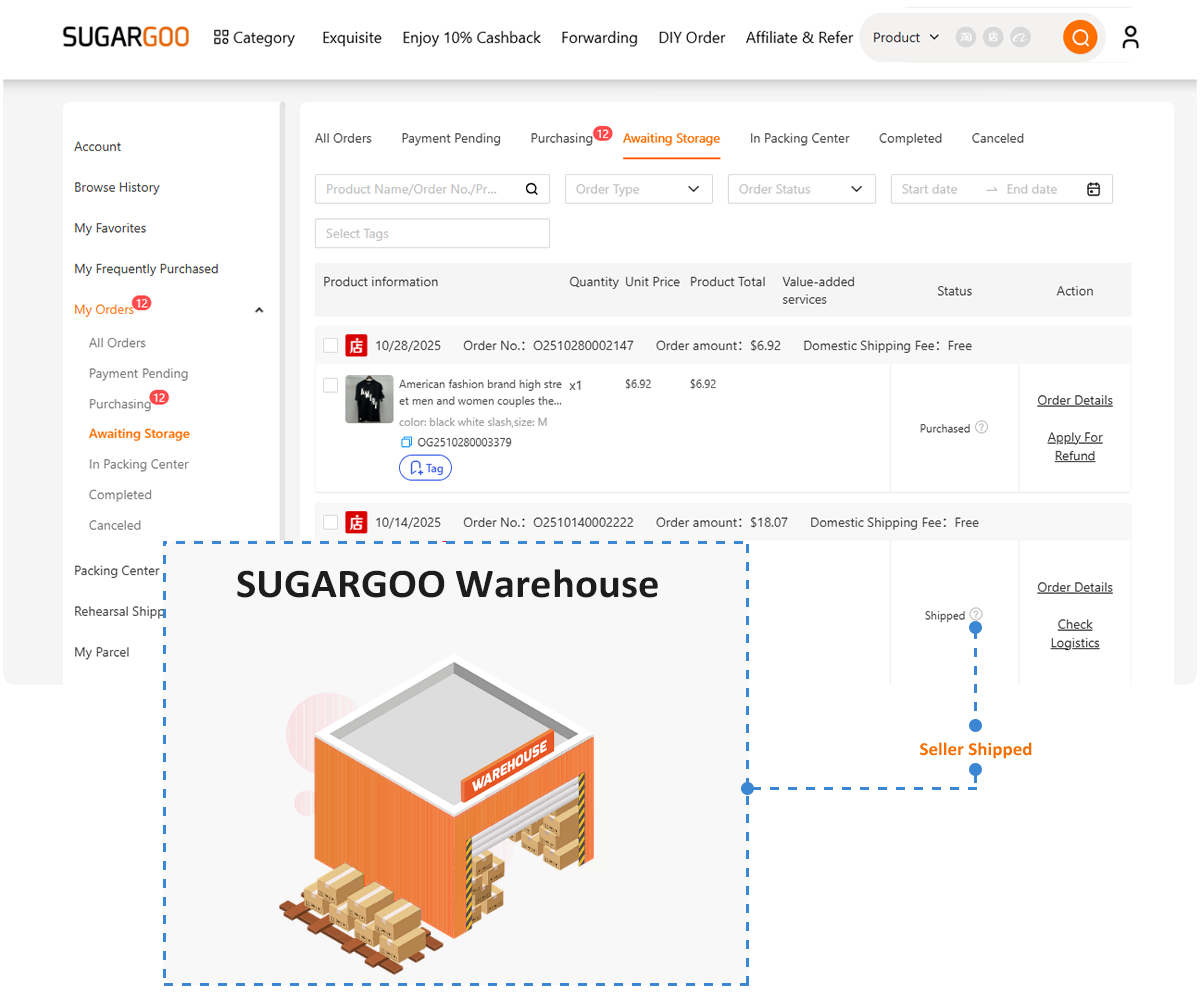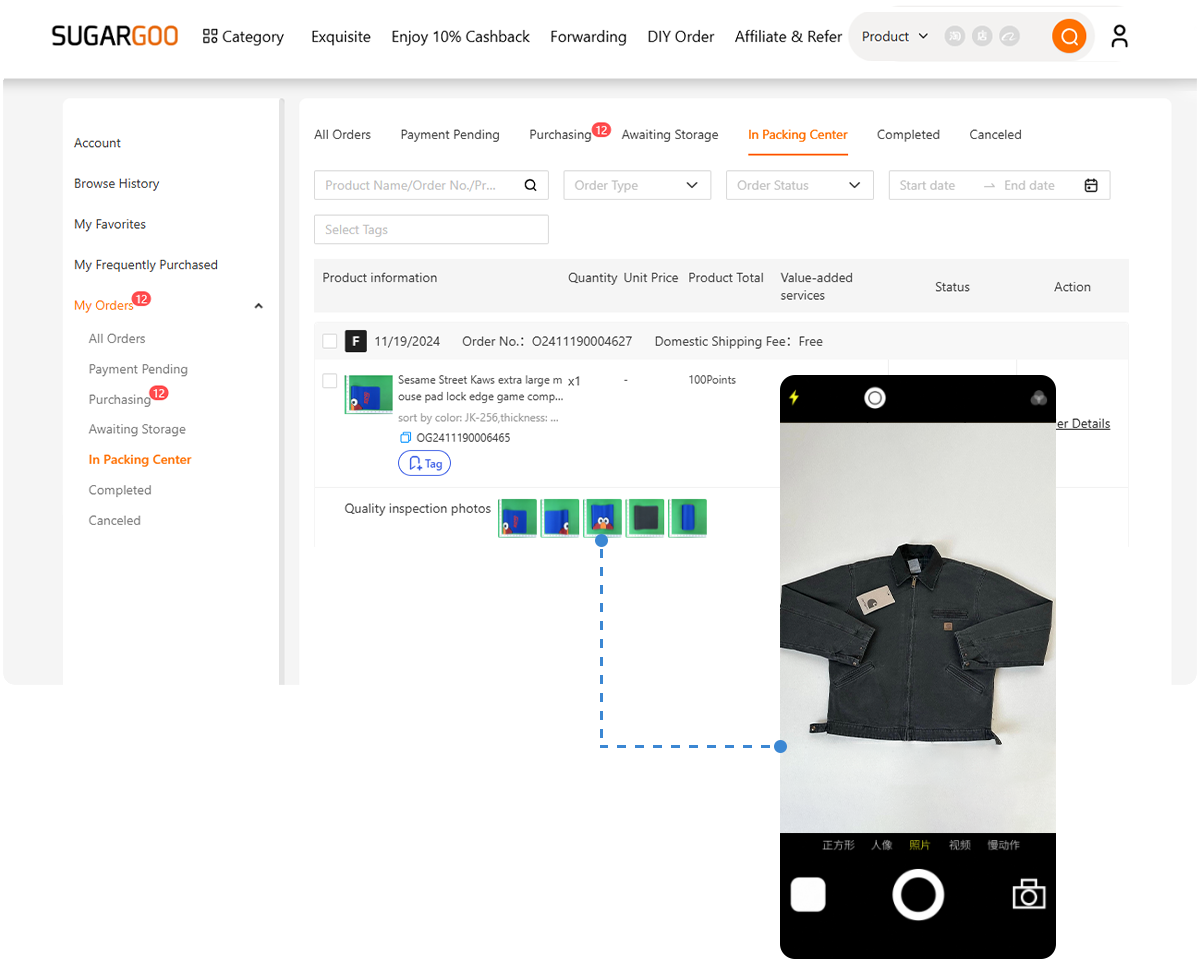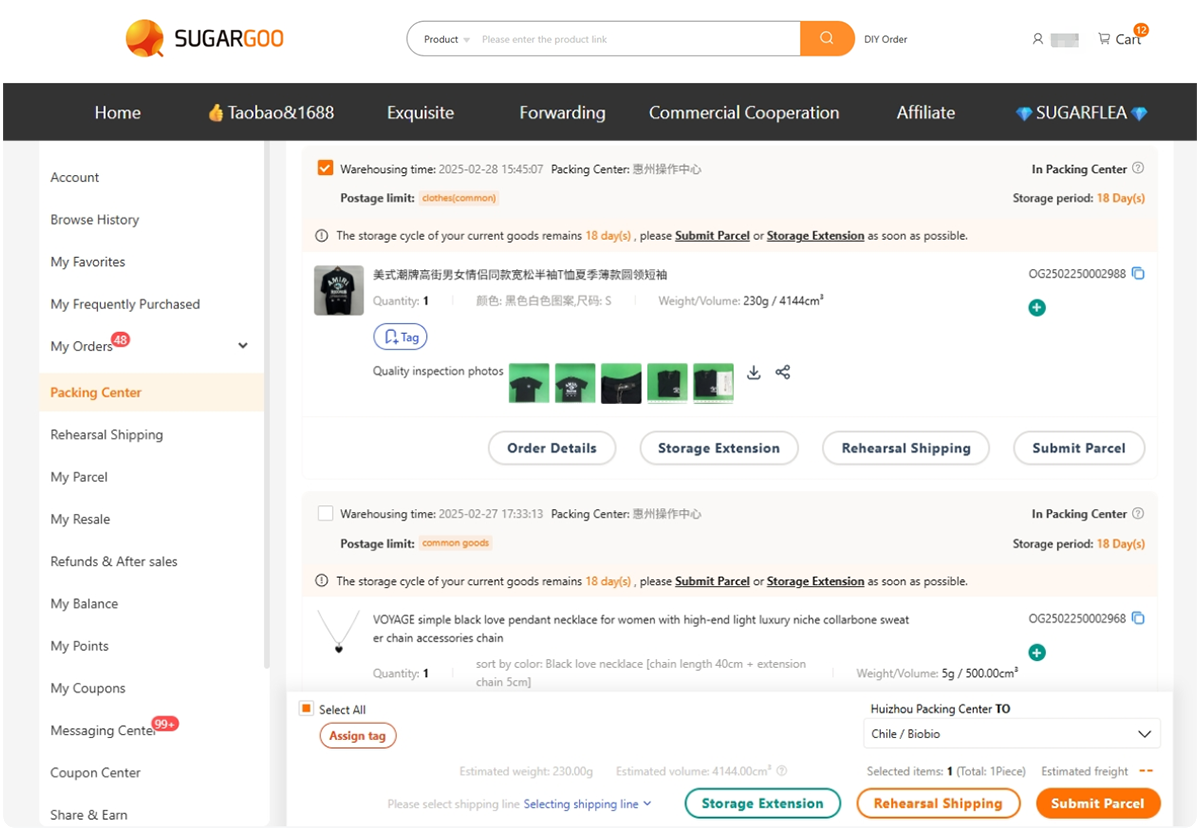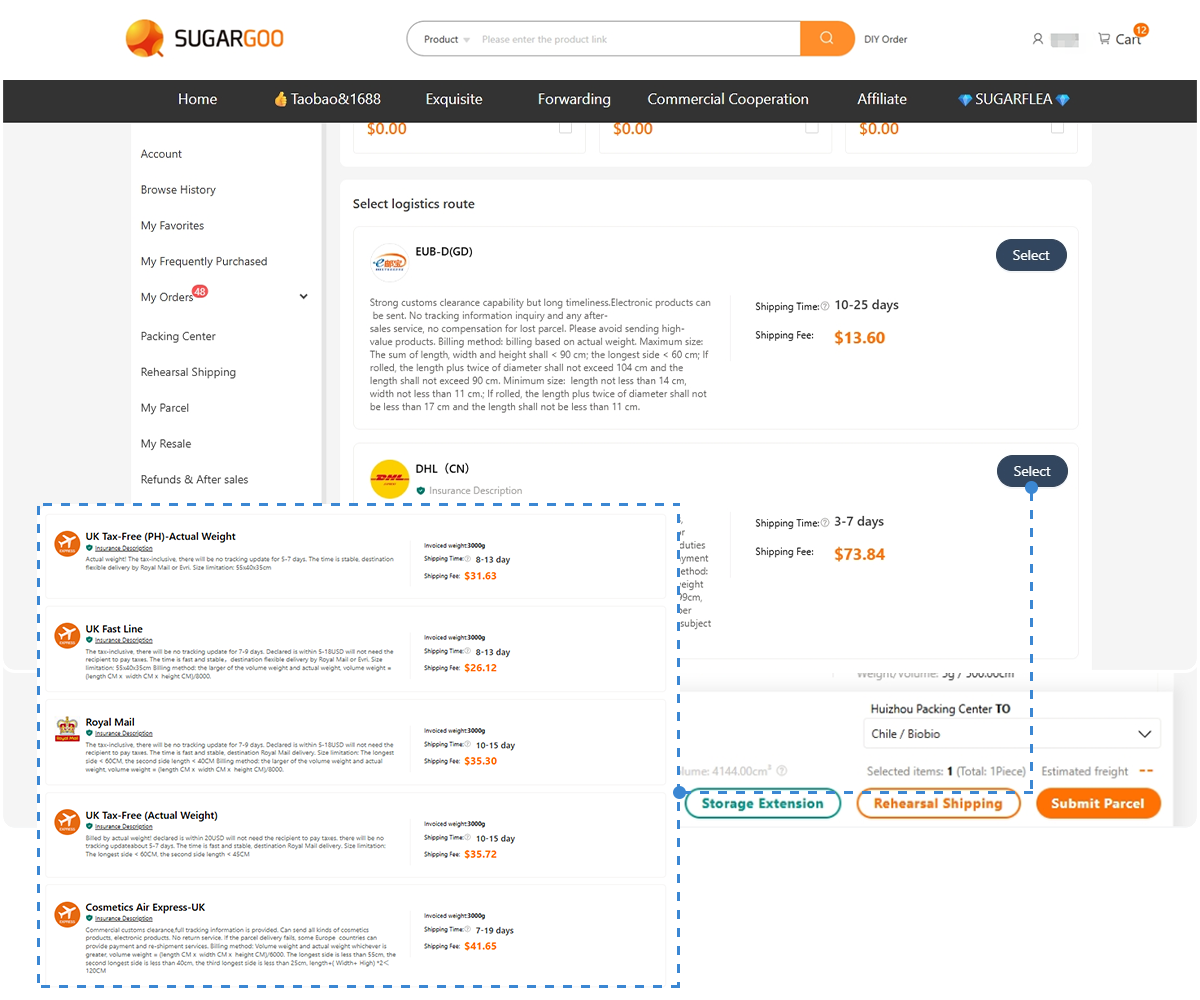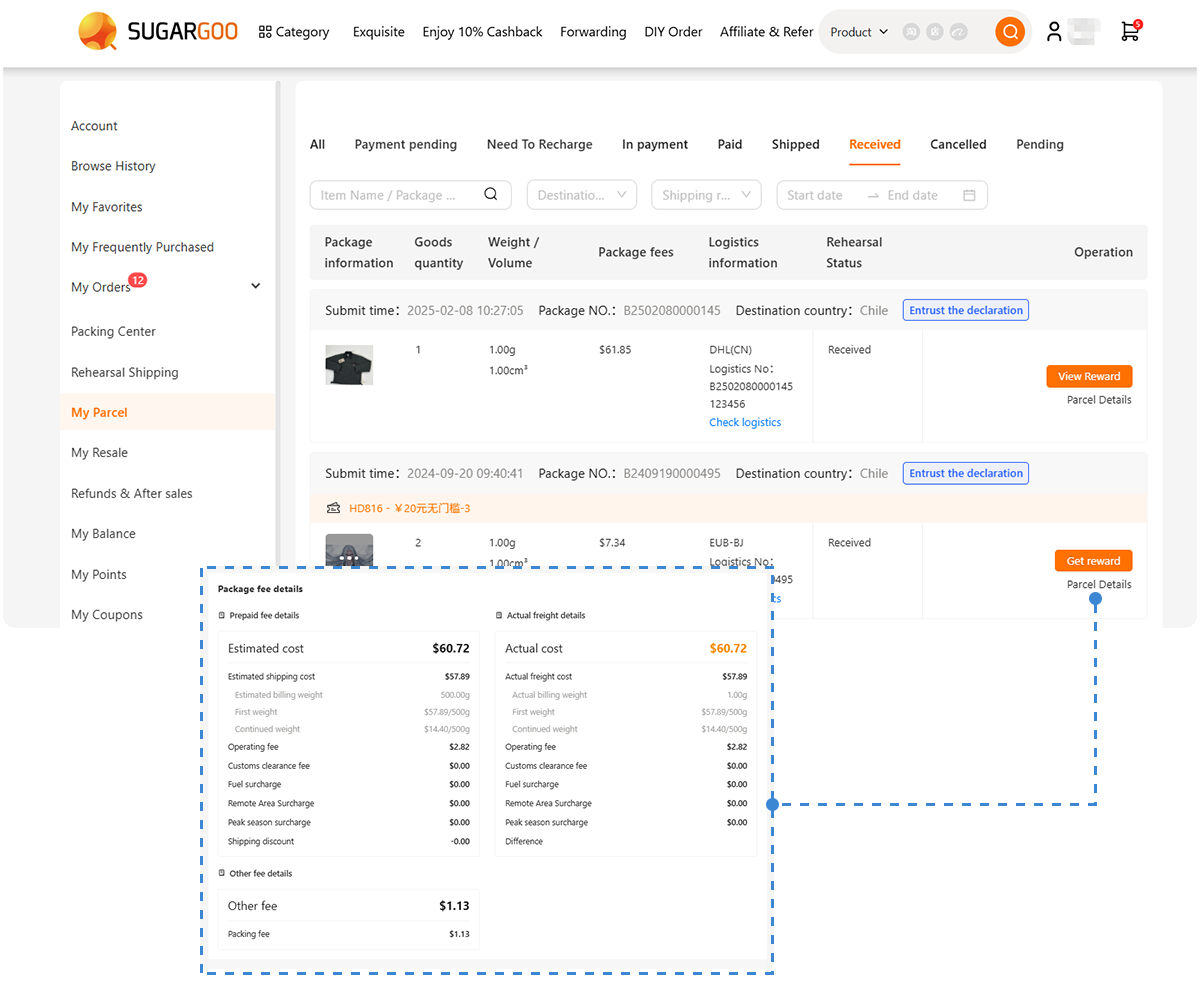(A deep-dive comparison between Seiko’s two most popular mechanical hearts — told through the eyes of the builders who use them.)
1. A Tale of Two Movements
Every great debate in watch modding circles starts the same way. Someone posts a photo of their build and writes: “Used an NH36 instead of an NH35 — game changer.”
And the replies flood in. Some say the NH35 is all you’ll ever need. Others swear by the NH36 like it’s a secret upgrade you can’t unsee.
But beneath the noise lies a fascinating truth: these two Seiko movements aren’t rivals — they’re siblings. Born of the same DNA, but raised for slightly different worlds.
One represents simplicity. The other, functionality. Together, they form the backbone of an entire generation of DIY watchmakers.
Let’s open them up — figuratively and literally.
2. The Shared Heartbeat: NH Series Origins
Before we compare, it’s worth remembering where these two came from. Both NH35 and NH36 descend from Seiko’s legendary 4R movement family — workhorse calibers that powered everything from Prospex divers to Presage classics.
When Seiko began licensing the NH line to microbrands and modders, they didn’t just sell a product — they handed out creative freedom.
The NH35 was the first big breakout — a 24-jewel, 21,600 bph automatic movement with hacking and hand-winding, designed for durability and compatibility. The NH36 followed, identical in almost every respect, except one tiny — but game-changing — difference: a day-date complication.
And that single detail divided modders for years.
3. The Core Difference: One Window or Two
If you’ve ever handled both, you already know the visual giveaway: the NH35 has a date window. The NH36 has a day-date window.
That’s it. Everything else — architecture, size, power reserve, winding feel, accuracy — is identical.
But that one extra function creates endless creative ripples:
| Feature | NH35 | NH36 |
|---|---|---|
| Jewels | 24 | 24 |
| Frequency | 21,600 bph | 21,600 bph |
| Power Reserve | 41 hrs | 41 hrs |
| Functions | Date | Day + Date |
| Stem Height | 1.8mm | 1.8mm |
| Size | 27.4mm | 27.4mm |
| Thickness | 5.32mm | 5.32mm |
| Hacking / Hand-Wind | Yes | Yes |
| Compatibility | Universal | Requires day-date dial or spacer |
The NH36 gives you an extra wheel — a small but precise piece of engineering under the dial that rotates the day disc. This also means it slightly restricts what dials you can use.
That’s where the philosophy of each movement starts to differ.
4. The Builder’s Choice: Freedom vs Function
For NH35 modders, simplicity is freedom. You can fit it under almost any dial, from minimalist field styles to complex dive bezels. Its clean layout leaves space for creative customization — skeleton builds, custom date windows, even sterile dials without a window at all.
The NH36, on the other hand, is about completeness. It gives your watch more “personality” — the visual motion of the day wheel, the symmetry of dual windows, the tactile satisfaction of seeing the day click over at midnight.
But it also demands respect. You have to align two discs instead of one. Your dial needs a day-date aperture. You can’t hide mistakes under a sterile plate.
So while NH36 offers more, it also asks more of you.
5. The Modding Experience: The Feel Beneath the Dial
Ask ten modders what makes NH35 great, and they’ll say, “It forgives you.”
You can mishandle it slightly, and it still runs. It’s the perfect “first build” movement — easy to case, friendly to regulate, widely compatible.
But when you’ve built a few watches and start chasing challenge, the NH36 feels like leveling up. Setting both wheels perfectly, testing alignment, feeling that double click at midnight — it’s a ritual.
And for those who care about immersion in horology, that ritual is half the fun.
6. The Look: Aesthetic Implications
From a design standpoint, your movement determines your dial philosophy.
NH35 builds often lean clean, functional, elegant. NH36 builds lean classic, storytelling, everyday wear.
A diver with an NH36 day-date window looks balanced, purposeful — while a sterile NH35 field watch looks sharp, military, pure.
Neither is superior. But they speak different visual languages.
So when choosing between the two, think about the watch’s voice, not just its specs.
7. Compatibility and Modding Ecosystem
This is where the NH series truly shines. Both movements share compatibility with the massive Seiko modding ecosystem — cases, crowns, stems, hands, gaskets, bezels, crystals — all interchangeable.
Through platforms like Sugargoo’s watch parts section or the custom watch part catalog, you can source everything directly from original suppliers.
And if you’re building multiple watches, you can combine shipments using the Sugargoo order combine service — a game-changer for serious builders.
NH35 and NH36 both accept: watch cases with 28.5mm dial openings, movement holders with 27.4mm diameter, and hands sets designed for Seiko 4R/NH compatibility.
That shared infrastructure is why these two movements dominate the microbrand and modding world — not because they’re fancy, but because they fit everything.
8. The Accuracy Debate
Here’s where misconceptions start. Many assume NH36 runs more accurately because it’s “newer.” It doesn’t.
Both movements share the same regulation system and beat rate — 21,600 bph. Factory specs quote -20/+40 seconds per day, but well-tuned builds often reach +5 to +10.
The difference isn’t mechanical — it’s psychological.
Because the NH36 feels more complete, builders believe it runs better. That’s how powerful perception is in watchmaking.
Accuracy isn’t just numbers — it’s confidence in craftsmanship.
9. Maintenance and Durability
Both movements are tanks. You can drop them, swim with them, forget to wind them for weeks — and they’ll keep going.
The NH35’s simplicity makes it slightly easier to clean and oil, especially for first-timers using watch repair tools. The NH36, while equally durable, has one more wheel and spring under the dial, which adds one extra step during servicing.
If you’re running your own builds for long-term reliability, the difference is minimal. But if you’re producing small-batch watches for customers, that extra layer of complexity might affect servicing time.
That’s why microbrands often default to NH35 for production models — fewer returns, simpler maintenance.
10. Builders’ Stories from the Community
Ask modders on forums what they prefer, and you’ll hear personal stories, not specs.
Alex (Canada): “My first NH35 taught me patience. My second NH36 taught me respect.”
Rui (Singapore): “The NH36 was my graduation — I learned alignment, calendar jumps, the beauty of precision.”
Mike (U.S.): “For sterile dials, nothing beats NH35. It’s freedom. It lets the design speak.”
That’s what’s beautiful about this debate — there’s no winner. Only lessons.
Every NH build teaches you something. NH35 teaches simplicity. NH36 teaches precision.
11. The Philosophy of Choice
Choosing between NH35 and NH36 isn’t about specs. It’s about what kind of builder you are.
If you love clean lines, quick builds, and freedom to experiment — go NH35.
If you crave complete displays, smooth transitions, and extra challenge — go NH36.
Both will last decades, both will outlive their owners if treated well, both will teach you humility.
And both remind us that time isn’t just measured — it’s crafted.
12. Cultural Legacy: From Japan to the World
Seiko didn’t set out to dominate modding. They just built good machines. The rest — the ecosystem, the community, the creativity — grew naturally.
Today, from Taobao workshops to Reddit communities, NH35 and NH36 are the backbone of modern independent horology.
Through Sugargoo’s Taobao agent service, builders worldwide can access the same suppliers that microbrands use in China — bezels, cases, gaskets, even sapphire crystals and bracelets.
It’s the globalization of craftsmanship — powered by a humble Japanese engine.
13. The Sound of Precision
Listen closely. An NH35 ticks with steady rhythm — smooth, deliberate. An NH36 ticks the same — but once a day, you’ll hear the extra click of a day wheel switching.
That click, to many, is the sound of completeness. It’s like a clock tower striking midnight — quiet, meaningful, final.
If you ever hear it during your build, remember: you’ve assembled something that doesn’t just keep time — it marks it.
14. The Verdict: No Winner, Only Purpose
If watchmaking were a race, NH35 and NH36 would cross the finish line together. But they’d smile at each other along the way.
Because this was never about competition — it’s about choice.
NH35 gives you clarity. NH36 gives you context. Both give you creation.
The real victory is that both exist, waiting for your hands, your tools, and your imagination.
15. How to Start Your Own Build
If this comparison has you itching to build your own, here’s what you need:
- NH35 or NH36 movement
- Case set (choose SKX or field type)
- Dial and hands
- Repair tools for safe assembly
- Gaskets and crystals for sealing
- Watch box for your finished piece
All available through Sugargoo’s verified suppliers, trusted by modders worldwide. You can even track everything through their order tracking guide to monitor every step from workshop to wrist.
It’s all part of building not just a watch — but your own relationship with time.
16. Final Reflection
Maybe the NH35 and NH36 debate will never end. And maybe that’s a good thing.
Because debates like this keep craftsmanship alive. They keep forums busy, modders inspired, creators learning.
In a world that keeps speeding up, these two humble Seiko movements remind us of something simple: Time is only meaningful when we touch it.
And whether that touch comes from a single date wheel or a dual calendar disc — it’s still your hands making it happen.
That’s what makes watchmaking, even in 2025, still feel like magic.
